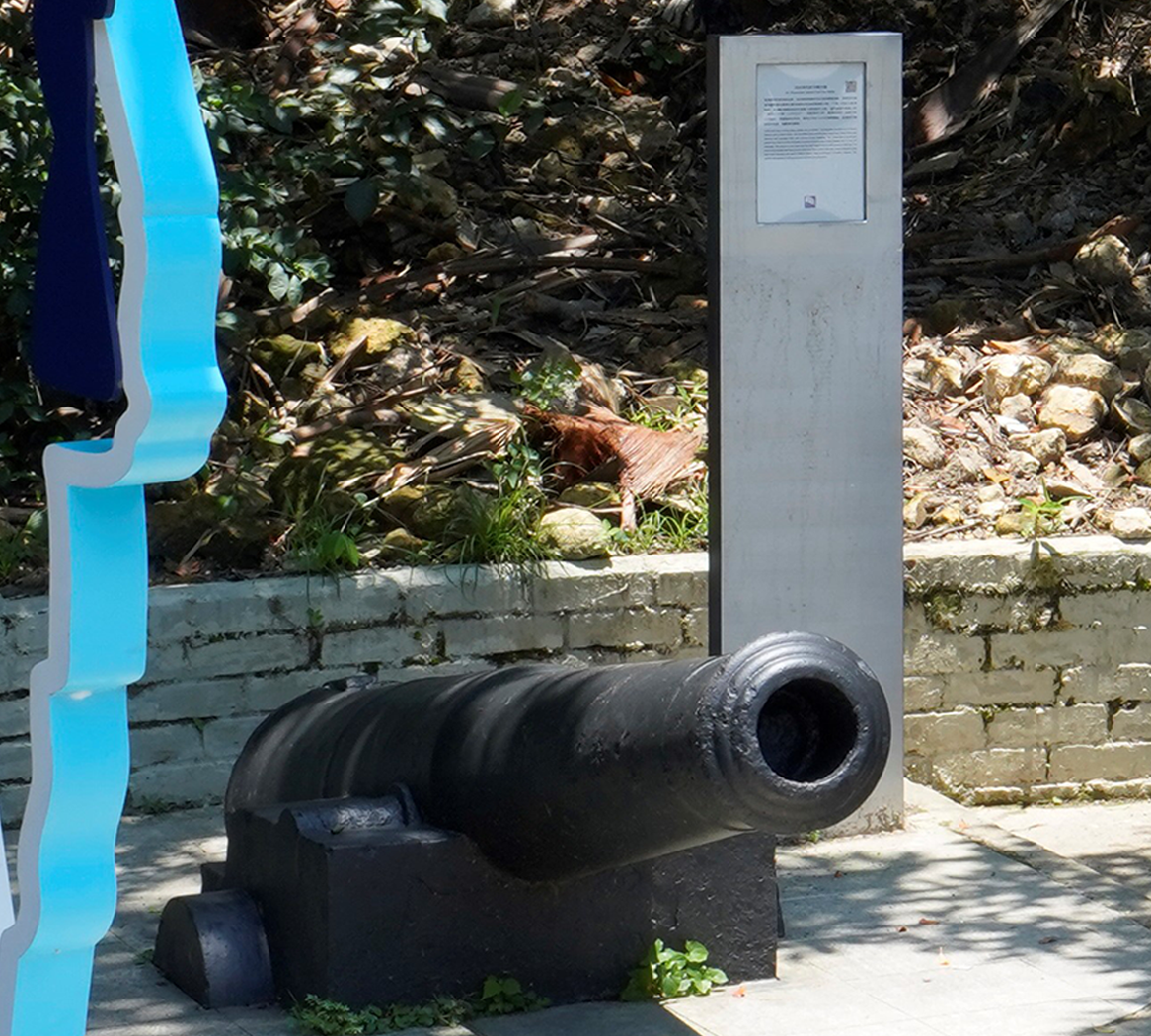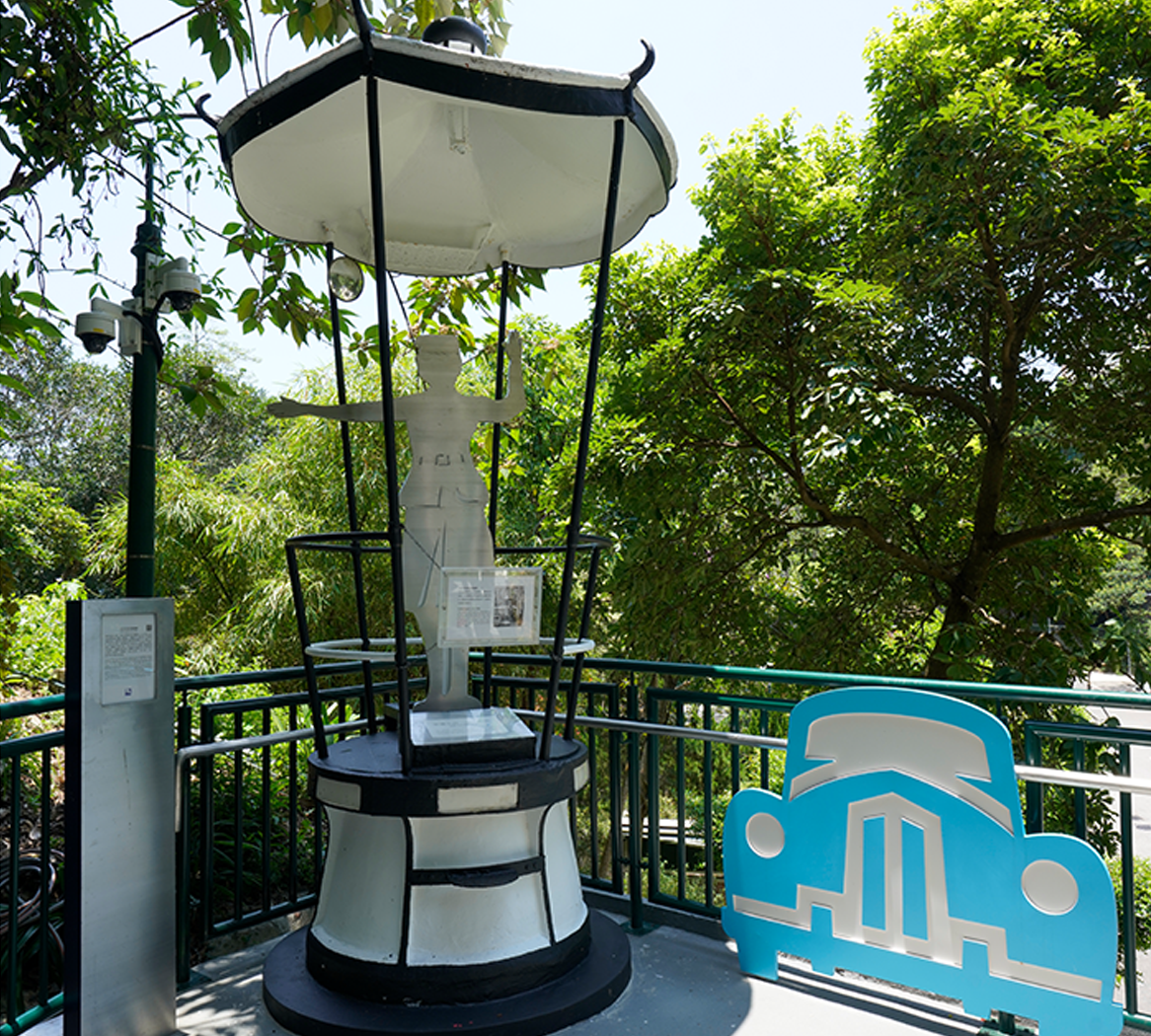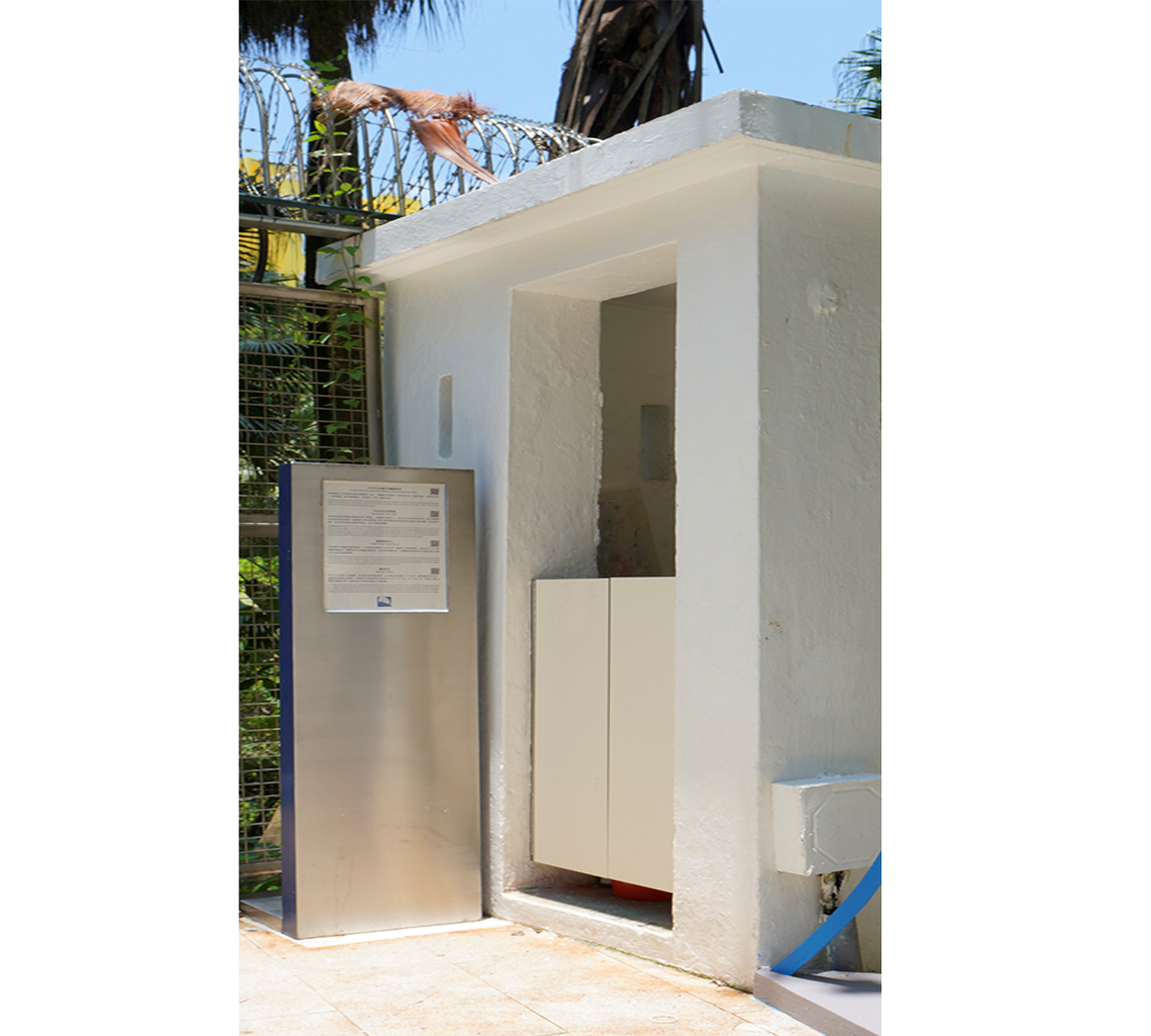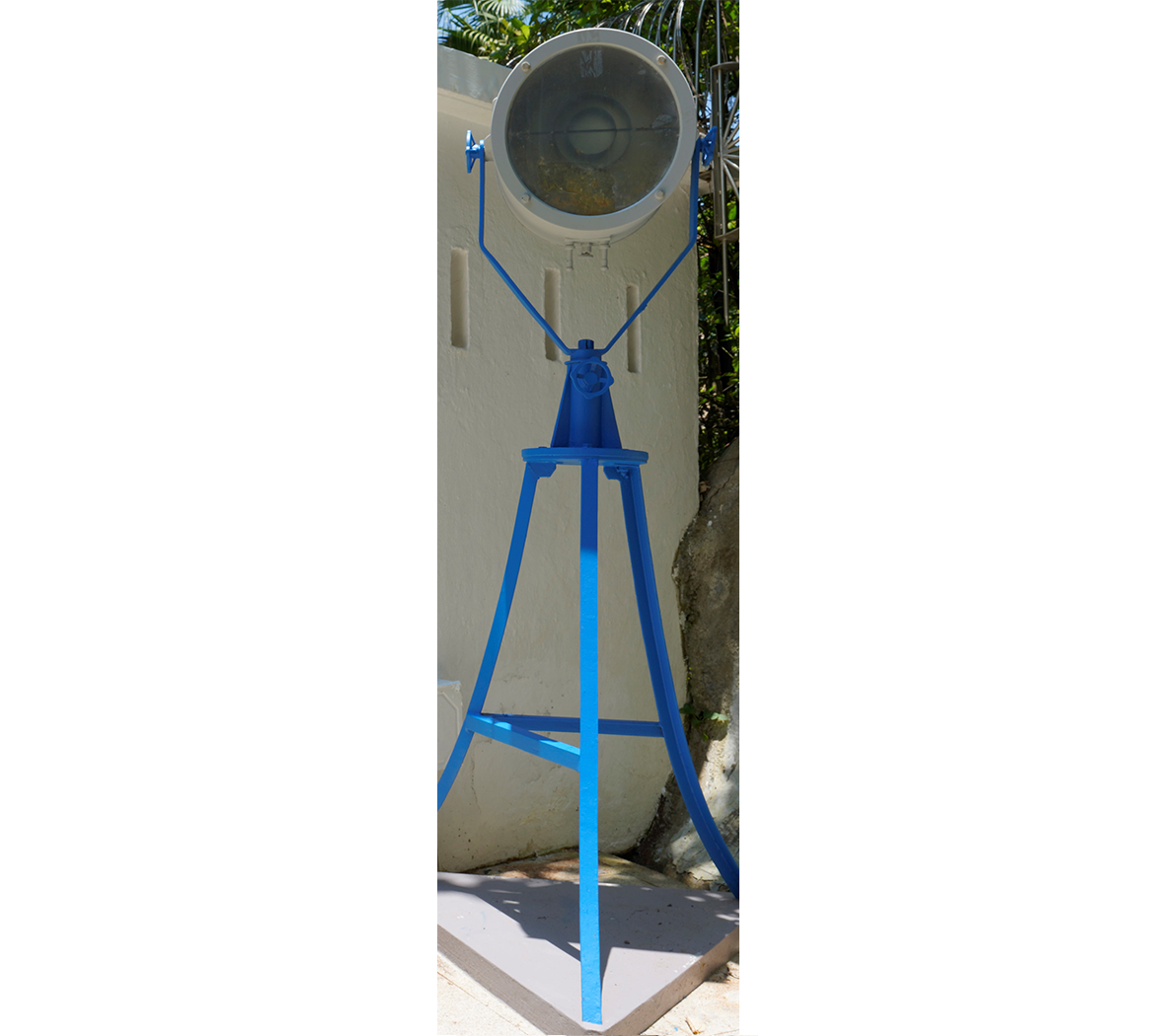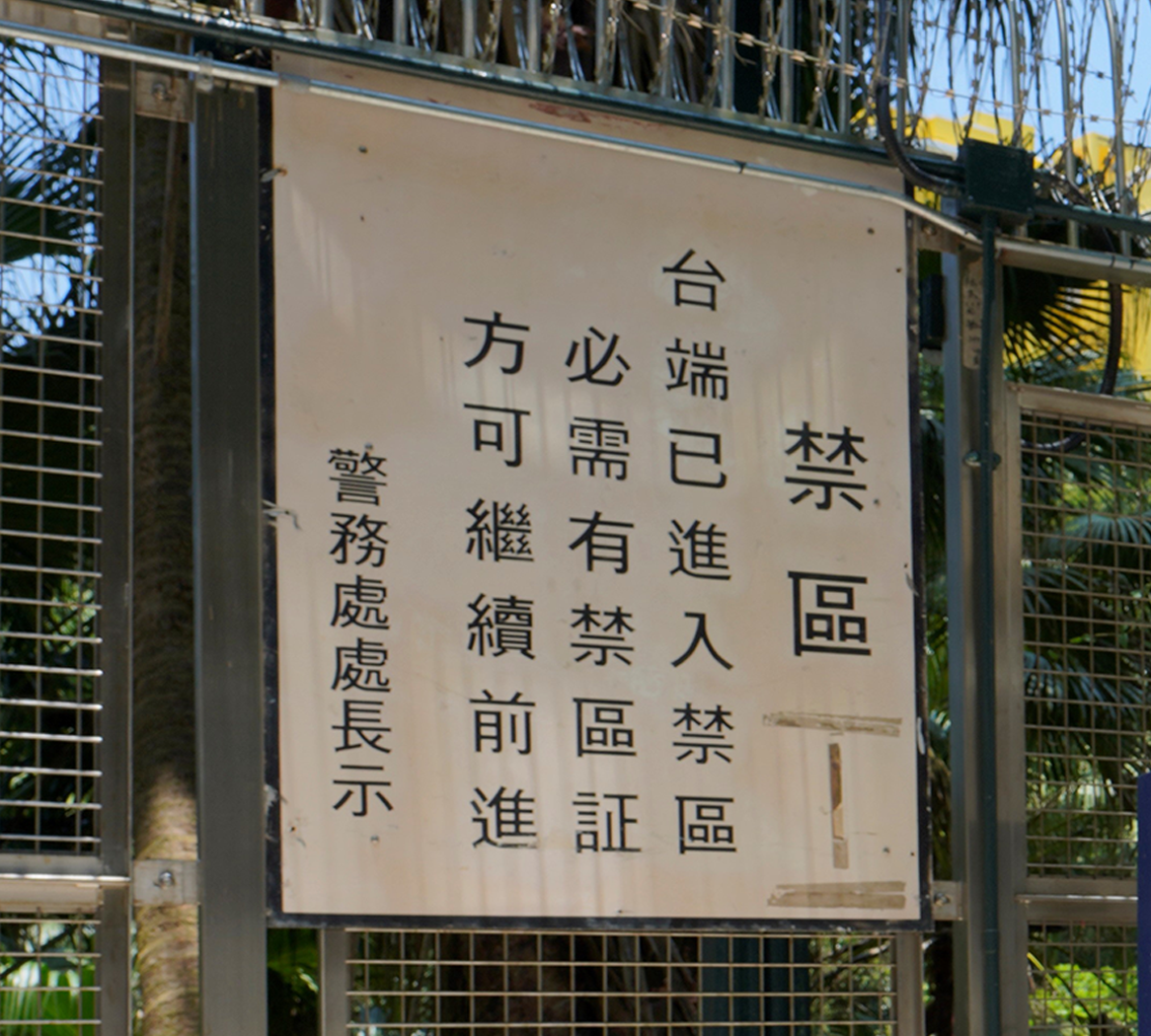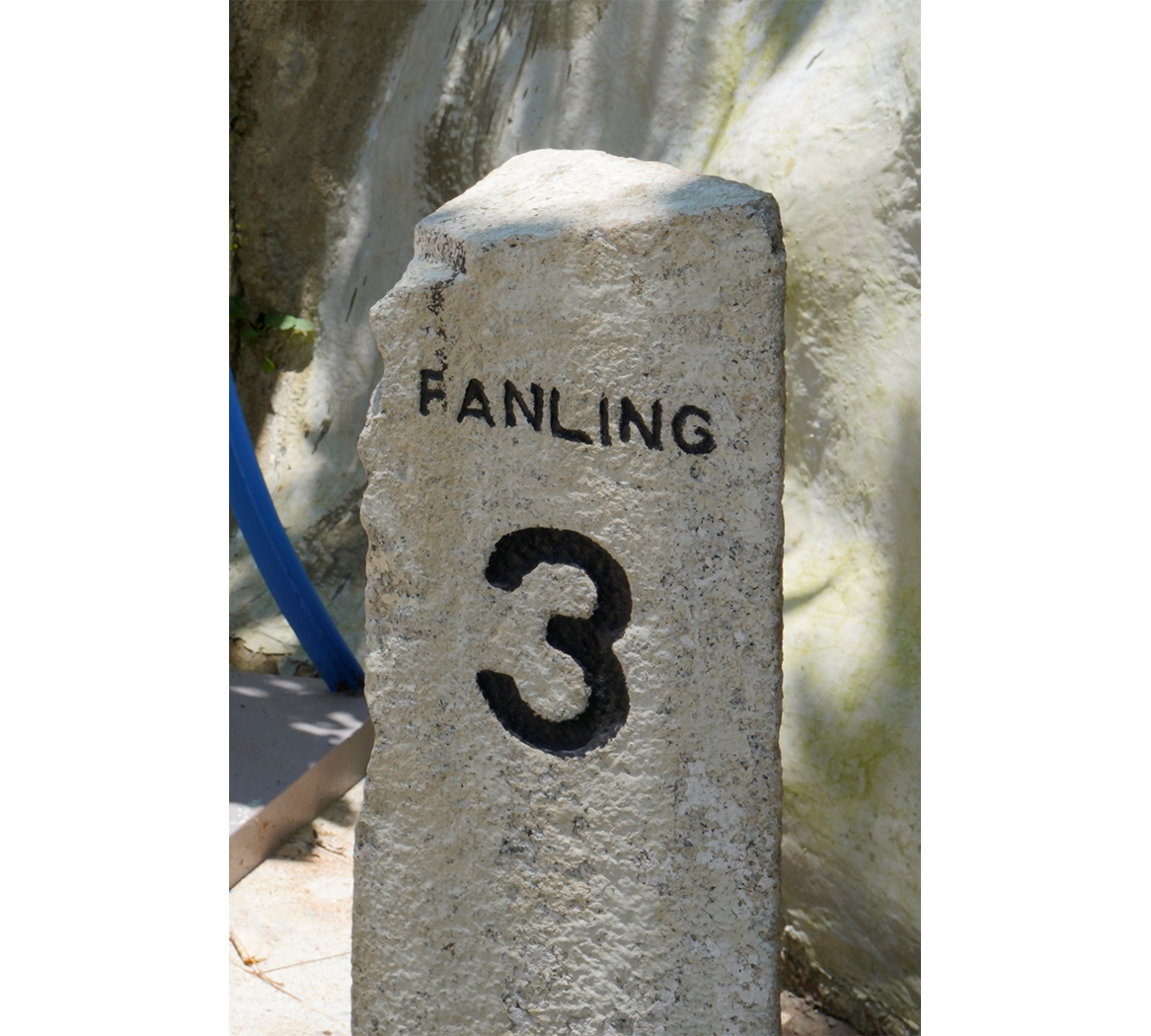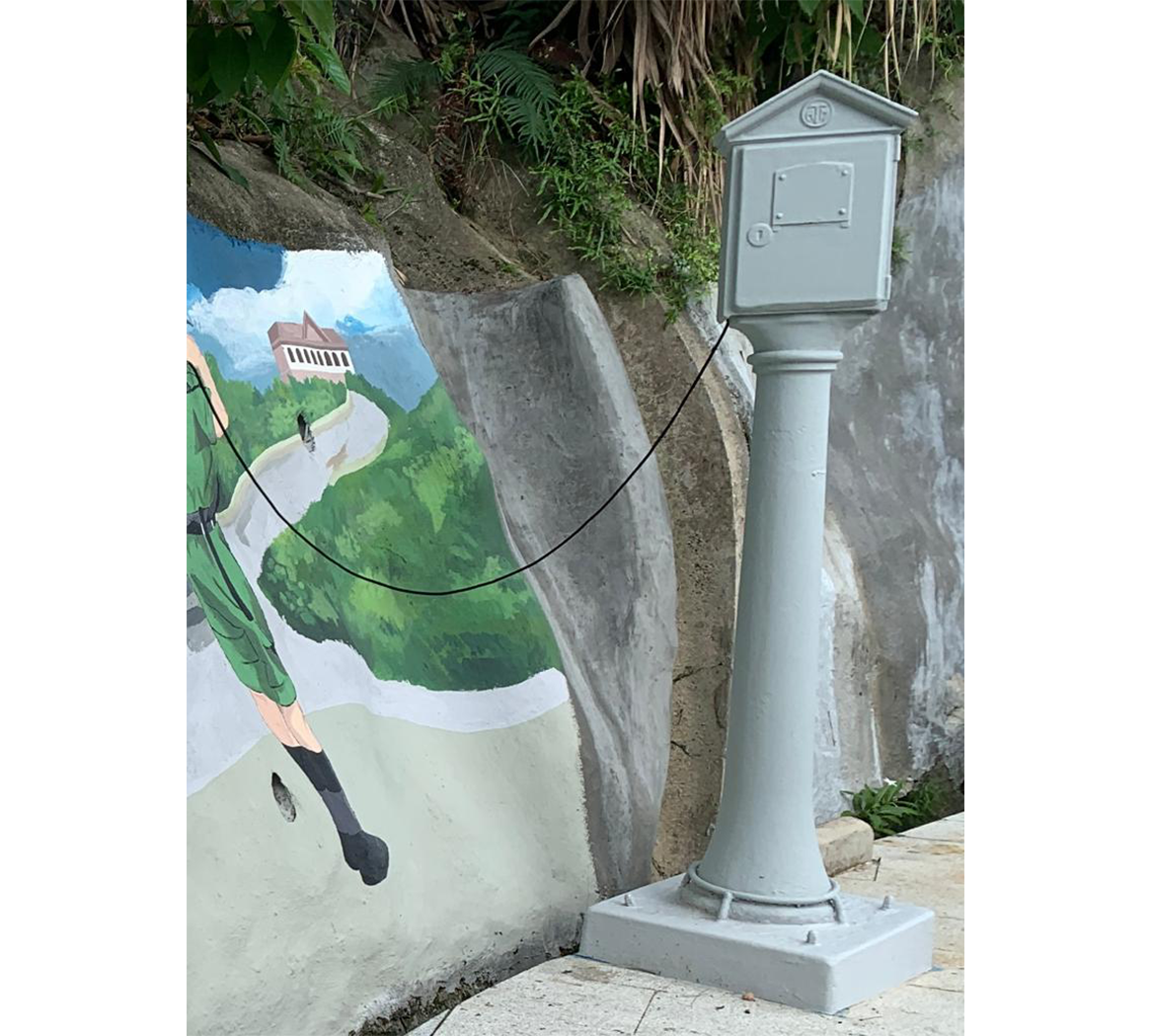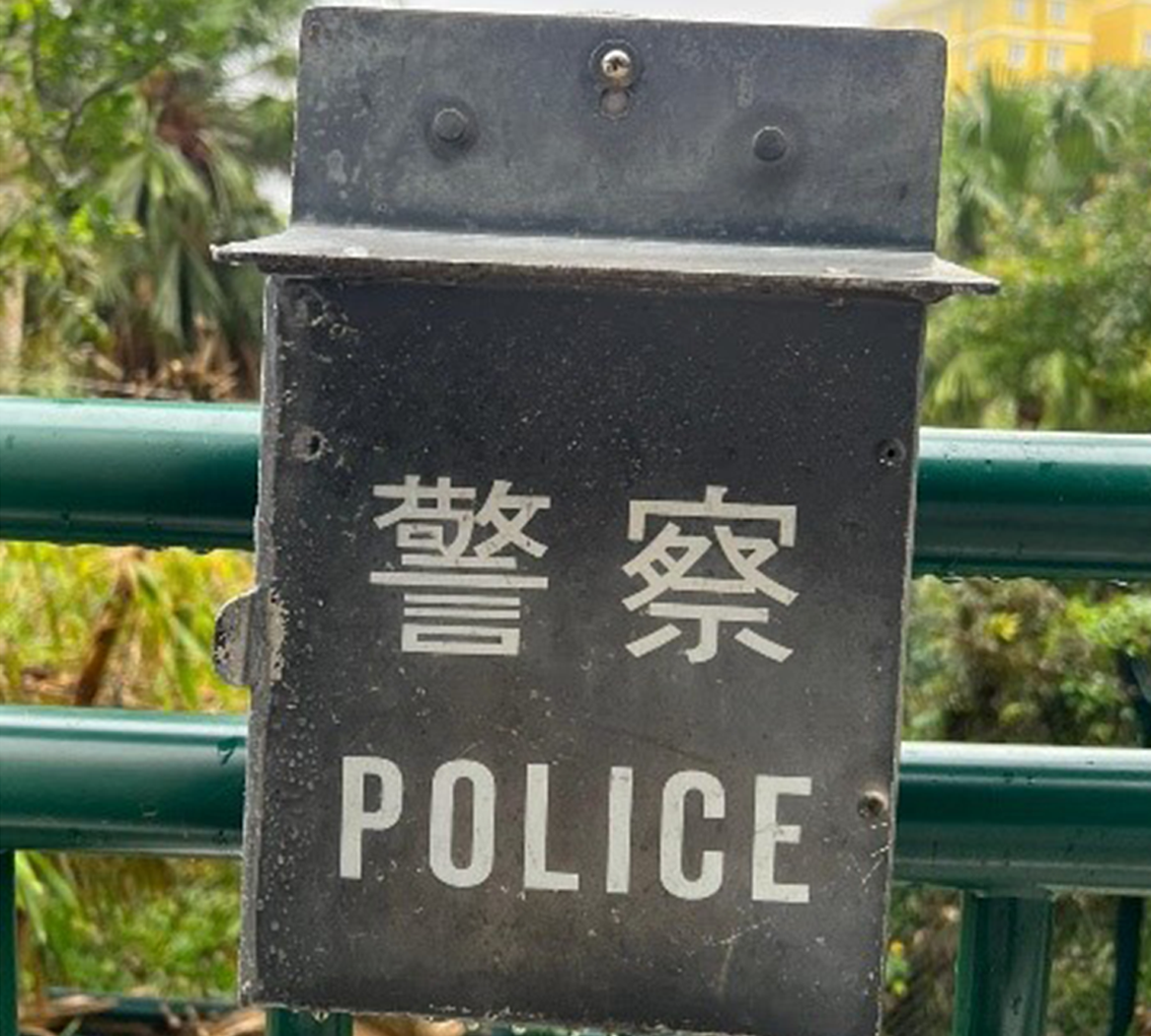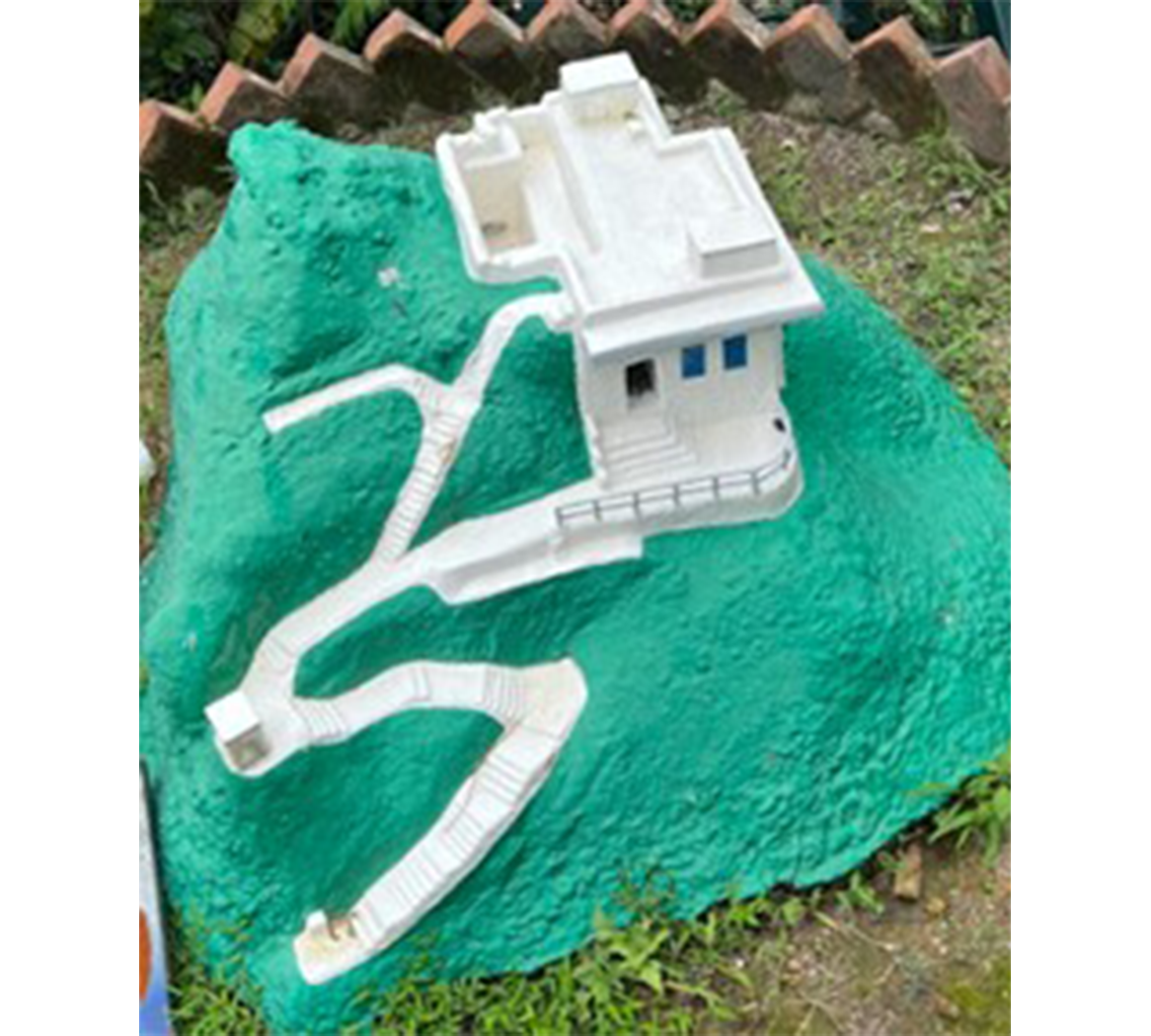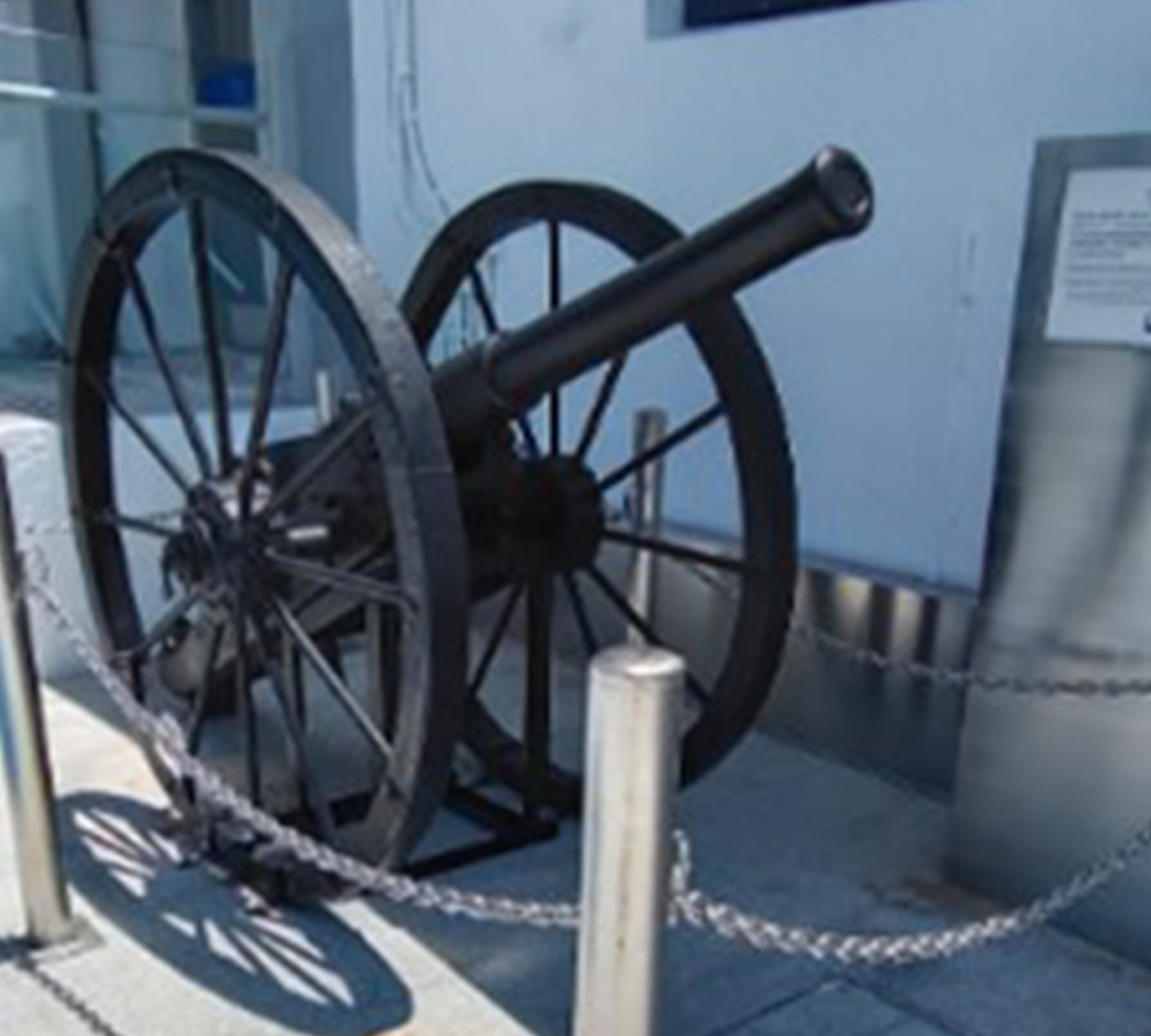Description
In the early days of Hong Kong, pirates were a problem. To strengthen the defence of Victoria Harbour and to deter pirates, both the British Army and the early Hong Kong Police Force built batteries and equipped ships with cannons at key locations. The 18-pounder smooth-bore cannon was used by many European countries during the Age of Sail between the 17th and 19th centuries. This cannon is over eight feet long and weighs about 4,400 pounds (2,000 kg). The bore is about seven feet long and the calibre over five inches in diameter. It was designed by the East India Company and cast in 1830 by Bailey, Pegg & Company in London, England. Before firing, the barrel of the cannon would be cleared using a spiral rod called a ‘worm’ to remove any solid debris, then swabbed out with water using a long rod with a large sponge fitted at the end to extinguish any remaining black powder remnants. This was to prevent premature explosions and ensure safety. Then the cannon was loaded with about six pounds of black gunpowder, usually contained in a cloth cartridge, followed by a piece of rope wadding. An 18-pound shot was then rammed down the barrel until it rested snugly against the wadding. Finally, another piece of rope wadding was rammed home to prevent the shot from rolling down the barrel. The cartridge was then pierced with a pricker and the touch hole was primed with either priming powder or a gunpowder quill. The cannon was fired by igniting the powder or quill with either a burning slow match or a flintlock mechanism triggered by a pulling a lanyard. The cannon was capable of firing spherical roundshot and grapeshot. The cannon's face is cast with a crown, and below the crown are marked the indistinct letters 'B' and 'P', which were an abbreviation for 'British Proof', indicating that the cannon had been test-fired (‘prooved’) to ensure that it had the structural integrity required to withstand the enormous forces unleashed during firing. This type of British cannon was often used for military defence in the coastal cities of southern China in the mid-19th century. They are now to be found in the collections of museums in Nanjing, Xiamen, Guangzhou and Macao.



